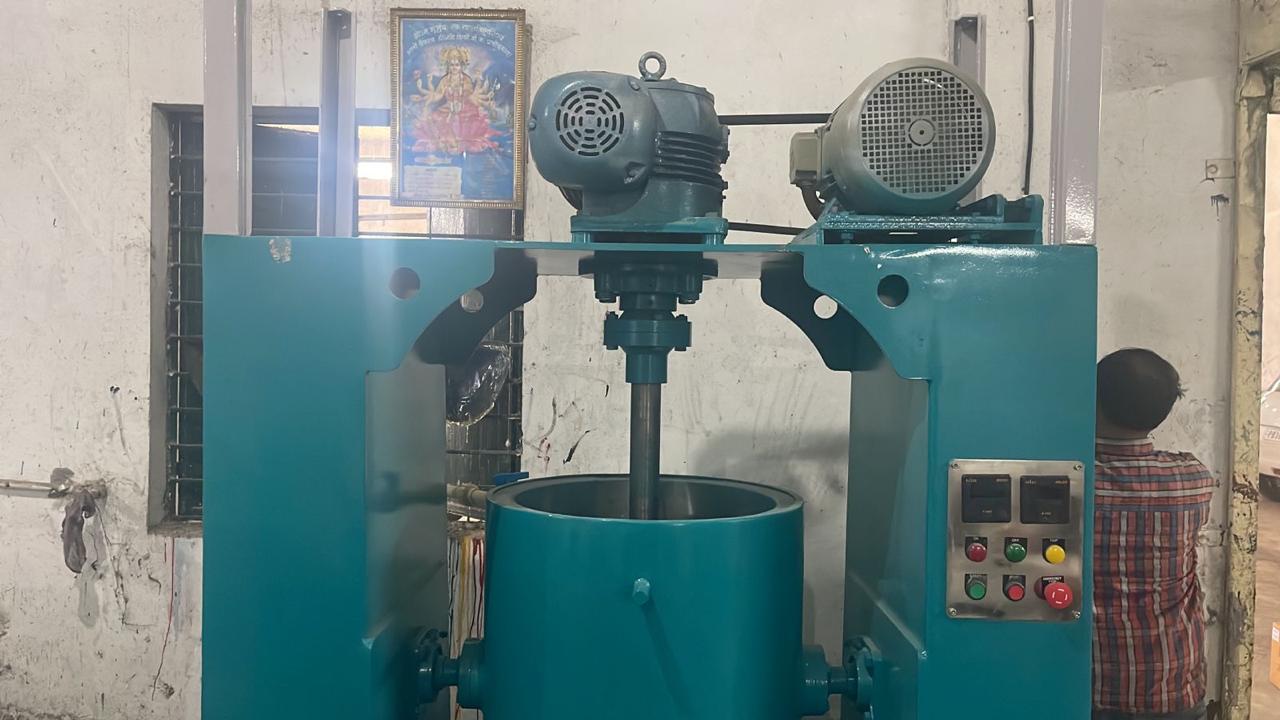
Diploma in Paint Technology – Join Today!
One Year Course Conducted by Saitech Informatics under the guidelines of Dr E. Ramanathan
Join in our Diploma in Paint Technology Telegram Classes.
The best quality paint applied on the worst substrate is worse than the normal paint applied on the substrate with a clean surface. Surface preparation of a metal is the primary step to improve the adhesion of any top coat. It is done by three methods viz., surface cleaning without affecting the nature of metal, surface cleaning by physical or chemical process, and chemical conversion of metal [1]. Alkali and solvent cleaning are the simple methods of primary cleaning of oil or grease present on a metal without affecting its nature. Mechanical polishing is a physical method to remove the tool marks or rust and the acidic de-rusting is a chemical method to remove the oxide layer formed on the metal. The inorganic chemical conversion coatings such as zinc phosphate coating, iron phosphate coating and manganese phosphate coating are applied on metal surface for different purposes viz., to protect the metal surface by giving an organic top coat paint or to enhance lubrication [2] by oiling or soaping for tube/wire drawing or cold forming, or to increase the adhesion of rubber coat [3] or to strengthen concrete structures by giving zinc phosphate coating to thermo-mechanically treated rebars [4]. Conversion coatings on different metals and alloys such as iron, cold rolled mild steel, hot rolled steel, galvanized steel, electro-galvanized steel, aluminum and its alloys, copper, manganese, zinc, titanium, etc. have been reported. In all these cases, the quality of conversion coating depends on effective cleaning of base metal [5].




